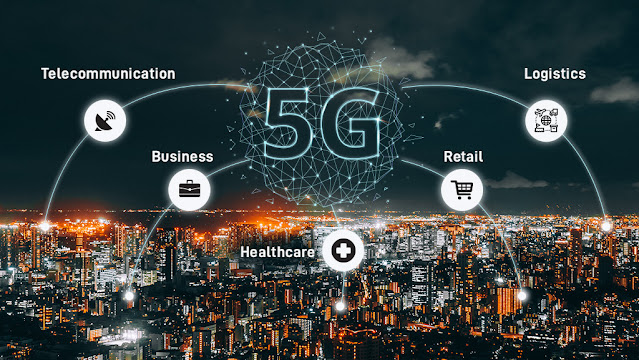Blockchain Technology: The Future of Online Transaction
Blockchain technology is an innovative way for businesses to share information securely. It uses cryptography to create a secure network that allows users to send and receive money, data, and other digital assets without having to trust each other. Read on the future of online transactions with blockchain technology.
Blockchain-based technologies are currently considered revolutionary technologies with inherent cryptography, resilience, distributed data, and tamper-proof.
The new normal has only expedited the development of many technologies that will lead to a significantly more facilitating future for businesses, one of which is Blockchain.
Almost the whole world is talking about Blockchain and the many ways it can be used. Since NFTs went viral, the conversation regarding cryptocurrencies and Blockchain has increased.
Still, a lot of people don't know what Blockchain is or how it works. Others confuse the technology with Bitcoin, some do not understand what it is, some regard it to be a common software technology, and some believe it to be a fraud.
How Blockchain Is Transforming the Future of Online Payments
Blockchain has a lot to do with changing and revolutionizing the future of digital payments. Let's examine briefly some of the most important ways.
Safe Transactions
Organizations and consumers have always worried about digital security. Several frauds and hacks have shown the need for easy payments and security.
Transparency is a must in the digital world, especially when it comes to payments. Rapid transactions are essential at this time.
Blockchain solves these fundamental issues.
In addition, Blockchain consists of limitless unbreakable blocks generated using secure techniques that restrict unauthorized access without alerting or affecting the chain.
Financial transactions can be made more transparent and more efficient using this technology.
Blockchain can change our financial environment by fixing leakage spots. In addition, the technology eliminates the necessity for a primary regulator by utilizing a no-middleman strategy.
Bank Prevention
Today, banks hold most of the money. All normal transactions and operations are regulated. Governments and institutions manage money and often apply unnecessary restrictions. This becomes frustrating for many in hindsight.
Blockchain allows most people to finish their wealth without bank or regulator interference. Furthermore, owners of Bitcoin, Ethereum, and other cryptocurrencies can easily make transactions using digital wallets.
Many businesses all over the world have understood the importance. For example, you can use your crypto wallets to buy cars and other things online from anywhere in the world.
There has been a history of bank accounts being hacked. In addition, these digital wallets are safeguarded by private keys, allowing transactions only through verified channels.
The number of digital wallet users globally has reached 80 million. Using these wallets, you can buy and sell cryptocurrencies like Bitcoin, Ethereum, XRP, Tether, and others.
Shared Transactions
Decentralization is the most-discussed feature of Blockchain. This decentralization functionality offers numerous benefits to end-users and recipients.
Any decentralized currency can easily use the framework to do innovative transactions. In addition, because it is significantly less expensive than traditional payment transfer methods, this technology will become the standard for all transactions.
The decentralization function quickly processes local and international transfers. The charge for sending money via banks or other services varies by amount.
However, the cost will be reduced by a lot—up to 70% in many cases. Therefore, the future is bright for financial technology services that use Blockchain. This enables innovative economic models that match future demands.
.jpg)



Comments
Post a Comment